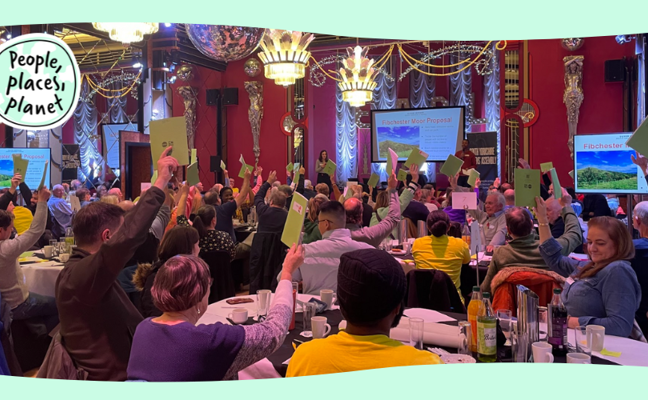Knowledge hub

Learning about how Service Design can add value beyond Discovery
18 July 2025 Design
The value that service design can bring from Alpha to Live, understanding key activities as part of agile service delivery.
Read more
How AI can fix planning
15 July 2025 Technology & data
Find out how AI could improve planning, boost transparency, and support the UK’s 10 Year Infrastructure Strategy through smarter, people-first tools.
Read more
NHS Ten Year Plan review
17 July 2025 Organisation strategy & design
The NHS 10 Year Plan promises digital transformation & better care, but workforce, funding & data barriers risk delaying its ambitious vision.
Read more
What we've learned about designing citizens' assemblies on climate change
23 January 2024 Community engagement
Hannah shares some learnings based on her experience designing citizens' assemblies on climate change, and how she’s implemented them recently in South Yorkshire
Read more
How AI can reinvent the foundations of planning
25 June 2025 Delivery
AI can create a smarter, fairer planning system. Boosting engagement, speeding decisions, and rebuilding trust in local development.
Read more












